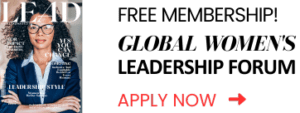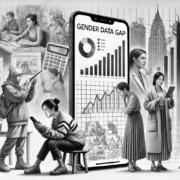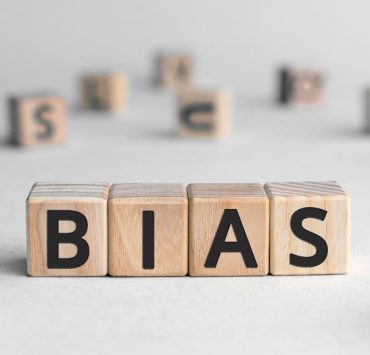Ageism: A Triple Threat Across Generations
Youth and Credibility: Battling Stereotypes Early On
Young women leaders often encounter significant biases that question their maturity and competency. Dubbed as ‘Youngism,’ this form of ageism sees younger women, especially those of color, frequently mistaken for lesser roles and subjected to demeaning pet names at work. Their expertise is undermined due to presumed inexperience, leading to a persistent struggle for professional recognition and respect.
The Invisible Middle: Gendered “Middle-ageism”
For women in their forties and fifties, the prejudice shifts towards assumptions about family commitments and menopause, with their age being seen as a detriment rather than an asset. These middle-aged professionals face not only a blockade in career advancement but also a dismissive attitude towards their long-cultivated expertise, often losing out on opportunities to similarly aged men who are perceived differently.
The Discounting of Experience: Older Women Overlooked
Older women, those over sixty, experience what might be termed as ‘Oldism’. Despite vast reservoirs of knowledge and experience, they are often viewed as outdated and irrelevant. The bias here is twofold, impacting their potential for leadership roles and leading many to feel ignored or pushed out of meaningful professional engagement altogether.
Strategies to Counteract Gendered Ageism
The authors propose actionable steps to mitigate ageism in the workplace. Recognizing age bias is the first critical step, followed by addressing “lookism” and the undue emphasis on appearance. Organizations are encouraged to focus on skills rather than age, fostering an environment where diverse experiences are valued through intergenerational collaborations and mentorship programs.
Final Thoughts
The discussion presented by Diehl, Dzubinski, and Stephenson is not just a call to action but a detailed roadmap for embracing age diversity. By acknowledging and actively combating gendered ageism, companies can harness the full potential of their workforce, leading to better performance, innovation, and inclusivity. As reflected in the insights shared, the journey towards equity is continuous and necessitates a commitment to change at every level of an organization. For further details and to access the full article, please visit the Harvard Business Review and related resources such as Fast Company and Forbes.





